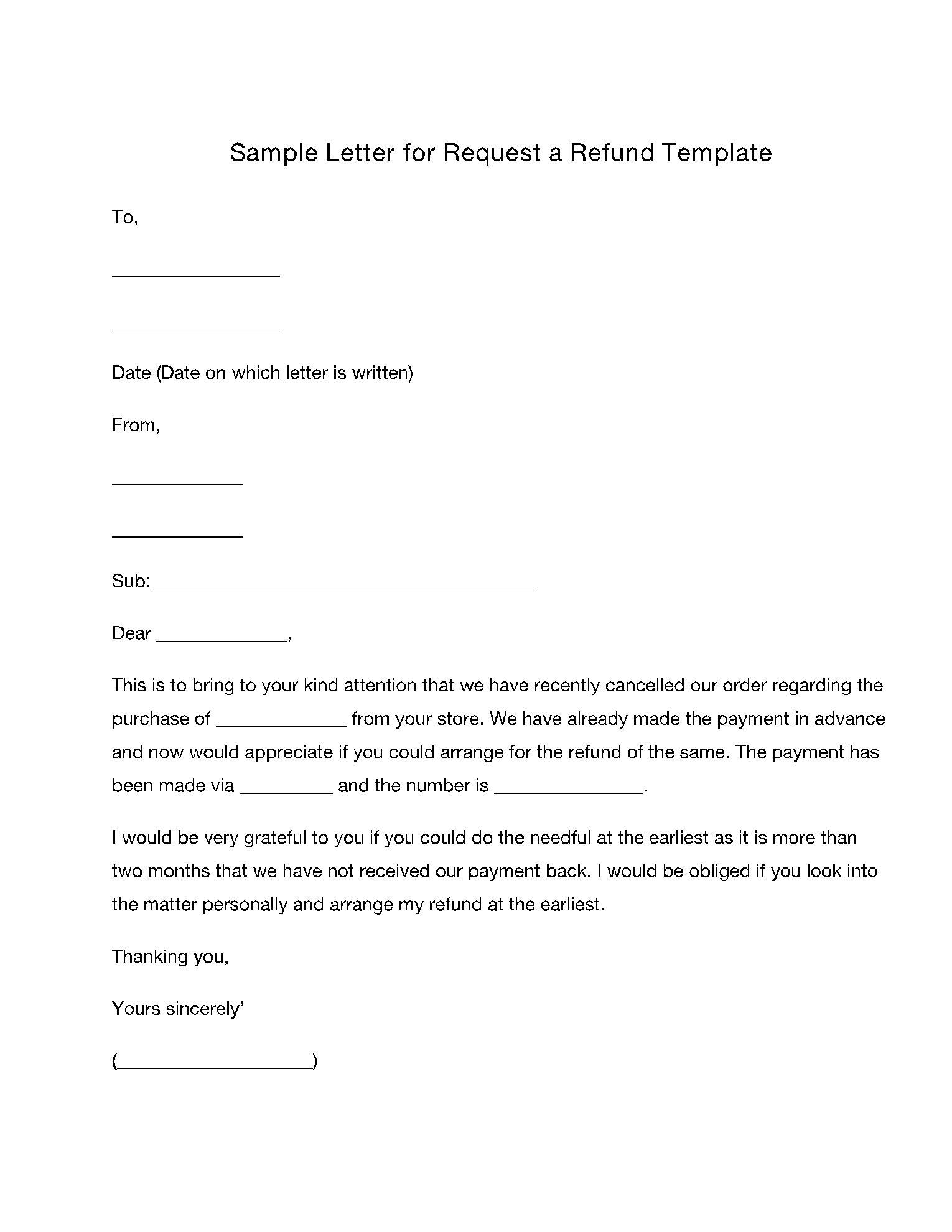When you’re dissatisfied with a product or service, you can ask for your money back. Your desire for a refund must be communicated in the form of a formal letter. This official communication is dubbed the refund request letter.
We’ll explain the ins and outs of a refund request letter in this tutorial, including providing a template at the end for you to follow.
What Is a Refund Request Letter?
Refund request letters are formal notifications to merchants or service providers. In rare cases, they are directed toward relatives and friends. Both individuals and companies can write refund letters. They communicate several things:
- Dissatisfaction with a product or service.
- A specific reason or reasons why the product or service failed.
- A desire for a refund.
With a refund letter, you give the company a fair chance to make things right. If they act, you don’t have to take them to court or file an official complaint against them. You must include a due date for payment in the letter.
If the company fails to pay by then, you can use the refund letter as documentation (evidence). You can also write a refund letter if you want your money back for some other reason – such as opting out of a subscription before it begins.
How to Request a Refund?
Follow these simple steps to request a refund:
1. Go through the refund policy
Merchants and service providers are legally required to offer a refund policy. Skim through it for an idea of what you can expect. Even if the business has a “no refund” policy, it does not apply if the product or service was dangerous, didn’t work, or was drastically different than advertised.
The seller or service provider can’t send you a policy after you request a refund. It must be done before for it to be legal. If a merchant doesn’t have a refund policy, then the local state law will apply. This should work in your favor.
2. Locate your receipt
You’ll need a receipt to prove you made a purchase. If you’ve lost or misplaced the receipt, you can still use the transaction record for the payment. This is applicable if you purchased by card or other electronic means.
3. Determine why you want the refund
In compliance with the merchant’s refund policy, concisely outline one or more reasons why you’re requesting a refund. You can jot them down or think them up. These reasons go into the letter.
Some examples include:
- Defective product out-of-the-box
- Damaged
- Not-as-advertised
4. Write the Letter
Draft the actual letter – you can use the template at the end of the page. Include the total amount you wish to receive and how you should be paid. Also, provide a due date. Then send the letter to the merchant’s official correspondence address.
What Is Included in a Refund Request Letter?
We recommend putting the following in your letter:
- Specify the goods and services for which you’re seeking a refund.
- Concisely outline why you need a refund.
- Note the exact amount to be refunded.
- Offer transaction details: mode of payment, date, and location.
- Be formal, polite, and professional.
- Make it to the point, don’t go off in tangents.
- If applicable, include reference codes relevant to the purchase.
- Attach supporting documents – pictures of damaged products and receipts are some examples.
What to Do If the Merchant Refuses to Pay?
If the merchant doesn’t respond to your letter or refuses to pay outright, wait until the due date has passed. Then you can escalate matters:
- File a consumer complaint with the attorney general’s office.
- Contact the local chamber of commerce.
- Get in touch with BBB.
- Consult an attorney and seek damages in small claims court.
If you write a negative review on social media, where other potential customers can see, it may jolt the merchant into quickly dealing with the problem.
Conclusion
Ideally, refund letters should be requests, not demands. Don’t escalate things unless you have to. Most merchants settle dues fairly quickly if you ask politely.
Use the refund request letter template on the Cocosign website to draft your letter. It should help you maintain a formal tone. We also offer other helpful templates for agreements.
